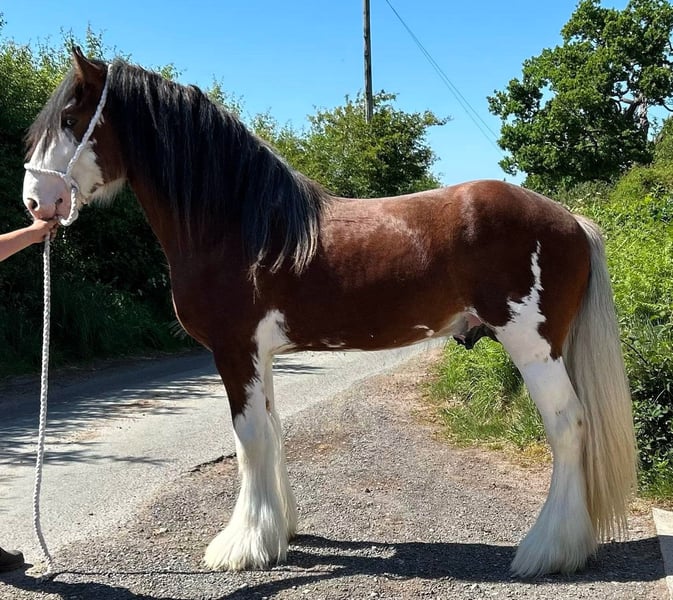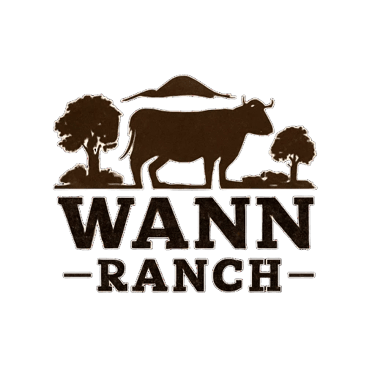
Fabulous Clydesdale
Horses for sale
$6500.00
Clydesdale Horses for sale: Price, Care, and What to Know Before You Buy
Considering a Clydesdale? These gentle giants are iconic for their size and strength, calm temperaments, and unmistakable feathered legs. Below is a clear guide to origin, typical costs, and what to look for when you see a clydesdale horse for sale.
Origins & Heritage
Clydesdales trace their roots to the 18th century along Scotland’s River Clyde, where farmers bred powerful draft horses to pull heavy loads and plows. Among draft horse breeds, the Clydesdale stands out for height, presence, and a friendly, willing nature.
Size and Strength
Typical height: 16–18 hands (some exceed 18)
Typical weight: 1,800–2,200 pounds
Work capacity: bred for pulling; excels in carriage work, parades, and pleasure driving
How Much Is a Clydesdale Horse?
If you’re wondering “how much is a clydesdale horse?”, here’s a realistic snapshot of the clydesdale horse price (USA ranges vary by training, age, pedigree, and health condition):
Young Clydesdale (weanling to 2 years, minimal training): $3,000–$8,000
Started riding/driving prospects (3–6 years): $8,000–$18,000
Well-trained/show-quality: $15,000–$30,000+
Elite bloodlines, proven show records, or rare colors can exceed these figures.
These figures cover the purchase price only. Your cost of buying rises with pre-purchase exams, transport, and initial gear.
TL;DR: A realistic clydesdale horse cost for most first-time buyers lands between $8,000 and $20,000, with bargains and outliers on either end.
Ongoing Expenses & Boarding Costs
Drafts eat more, wear larger shoes, and need sturdy facilities. Typical monthly boarding costs (feed, stall, turnout; varies widely by region and amenities):
Full board: $500–$1,200/month (some barns add a “draft surcharge”)
Farrier (draft shoeing/trims): $80–$300 per visit, every 6–8 weeks
Veterinary (annual routine): $300–$800+ (vaccines, dental, deworming)
Feed & supplements: Often higher than light breeds due to size
Insurance (optional): $300–$800+/year depending on coverage
Health Condition & Care Tips
Clydesdales are generally hardy, but be mindful of draft-specific concerns:
Feather care: Prevent skin issues (scratches/pastern dermatitis); keep legs clean and dry.
Chronic Progressive Lymphedema (CPL): Manage with regular grooming, exercise, and vet guidance.
Hoof care: Large, well-balanced shoes; consistent farrier schedule.
Weight management: Avoid obesity; balanced diet matched to work level.
A thorough pre-purchase exam from an equine vet is essential, especially for performance goals.
Finding Clydesdale Horses for Sale
When browsing listings for clydesdale horses for sale or a single clydesdale horse for sale, prioritize reputable clydesdale breeders who provide health records, handling history, and honest assessments. Many regional clubs publish directories of breeders and sales. If you’re touring facilities—whether it’s a well-known outfit or a family farm like wann ranch—ask to see handling, hoof care routines, and turnout conditions.
Breeders of the USA
If you’re searching “breeders of the usa,” look for breeders who:
Participate in breed registries and local clubs
Offer transparent contracts (health guarantees, return policies)
Welcome third-party vet exams and trial drives/rides
Can speak to temperament, training level, and future suitability
Quick Buyer’s Checklist
Confirm age and training (is it a young Clydesdale or a seasoned show horse?)
Review conformation, movement, and health condition
Budget beyond purchase price for transport, tack, and first-month expenses
Verify boarding capacity for drafts (doors, stalls, trailer sizing)
Plan for ongoing boarding costs and farrier/vet schedules
Whether your heart is set on a parade-ready gelding or a farm partner, understanding the clydesdale horse cost up front will help you shop confidently and responsibly. From the banks of the River Clyde to today’s barns, these majestic horses continue to impress with their size and strength—and with the right planning, they can be a joy to own.
Wann Ranch Livestock
Buy Quality cattle, horses, livestock , chicks and hay from our Oklahoma Ranch.
Hay
Ranch
1 651-529-3443
© 2025. All rights reserved.
CATTLE & LiVESTOCK
